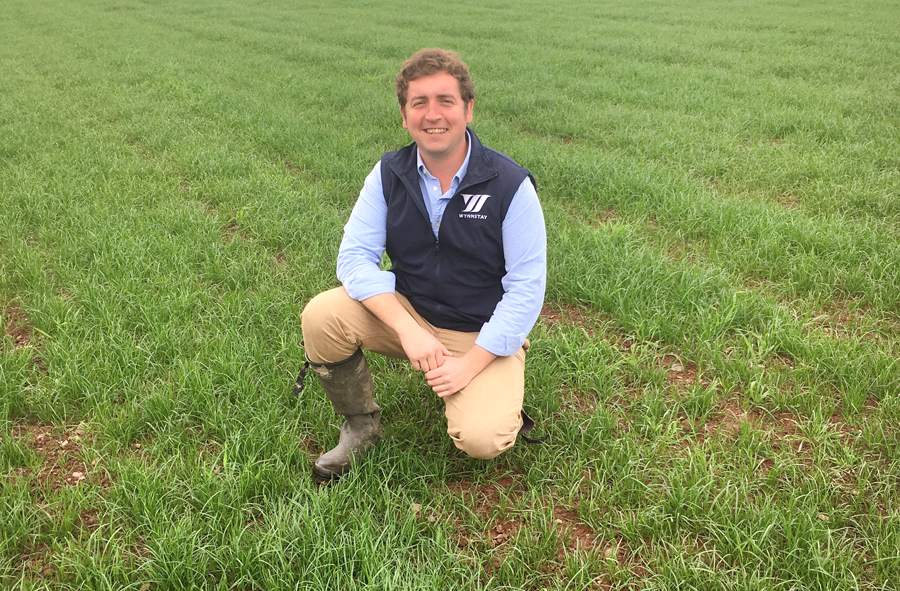Maize on-track in the West
31st July 2019
Maize crops in the West are looking good and predicted to yield well despite fears that dry drilling conditions may have hampered performance, explains Wynnstay arable specialist Ed Porter.

Wynnstay arable specialist Ed Porter.
Maize crops in the West are looking good and predicted to yield well despite fears that dry drilling conditions may have hampered performance, explains Wynnstay arable specialist Ed Porter.
“Even though we had a difficult 2018 season, maize remains a popular inclusion in arable rotations, proving to be a viable business option with rewards of around £250/tonne,” says Mr Porter.
In the West, maize was drilled around the usual time of mid-April to early May. However soil conditions were less than ideal at planting and very dry, meaning attention on crop nutrition has been even more important this year.
“Although crops were drilled in dry conditions, heavy rain followed in June resulting in some nitrogen leaching. So, we need to make sure nitrogen remains at the required levels in the soil for the rest of the growing season, to support crop growth.”
Usually maize hits tasseling stage, where the crop reaches crop height, towards the end of July. However, due to the conditions some crops were slow to establish and Mr Porter says these crops may be later to reach tasselling.
“At the tasseling stage the crop has an extremely high demand for nutrients and cob size and number of kernels are being determined. Therefore, it’ll be important to apply a foliar application of nitrogen to help cob formation and cob fill. A product such as N Durance 28 would be a good choice. It delivers foliar nitrogen in a slow release form and trials have shown it to be equivalent to 40kg/ha nitrogen applied out of the bag,” he adds.
Looking ahead to harvest, Mr Porter says we should remember the lessons learnt from last year.
“Last year proved that weather can very quickly alter plans for maize growers, and those who adapted and altered timings were rewarded with a good crop. It’s important to make harvest decisions based on individual field performance, rather than dates, and pay attention to dry matter content.
“Overall maize crops are looking good and on-par with this time last year, but for this to remain the case come harvest, farmers need to continue to monitor crops and be flexible to alter plans accordingly, to adapt to the changing season,” Mr Porter concludes.
